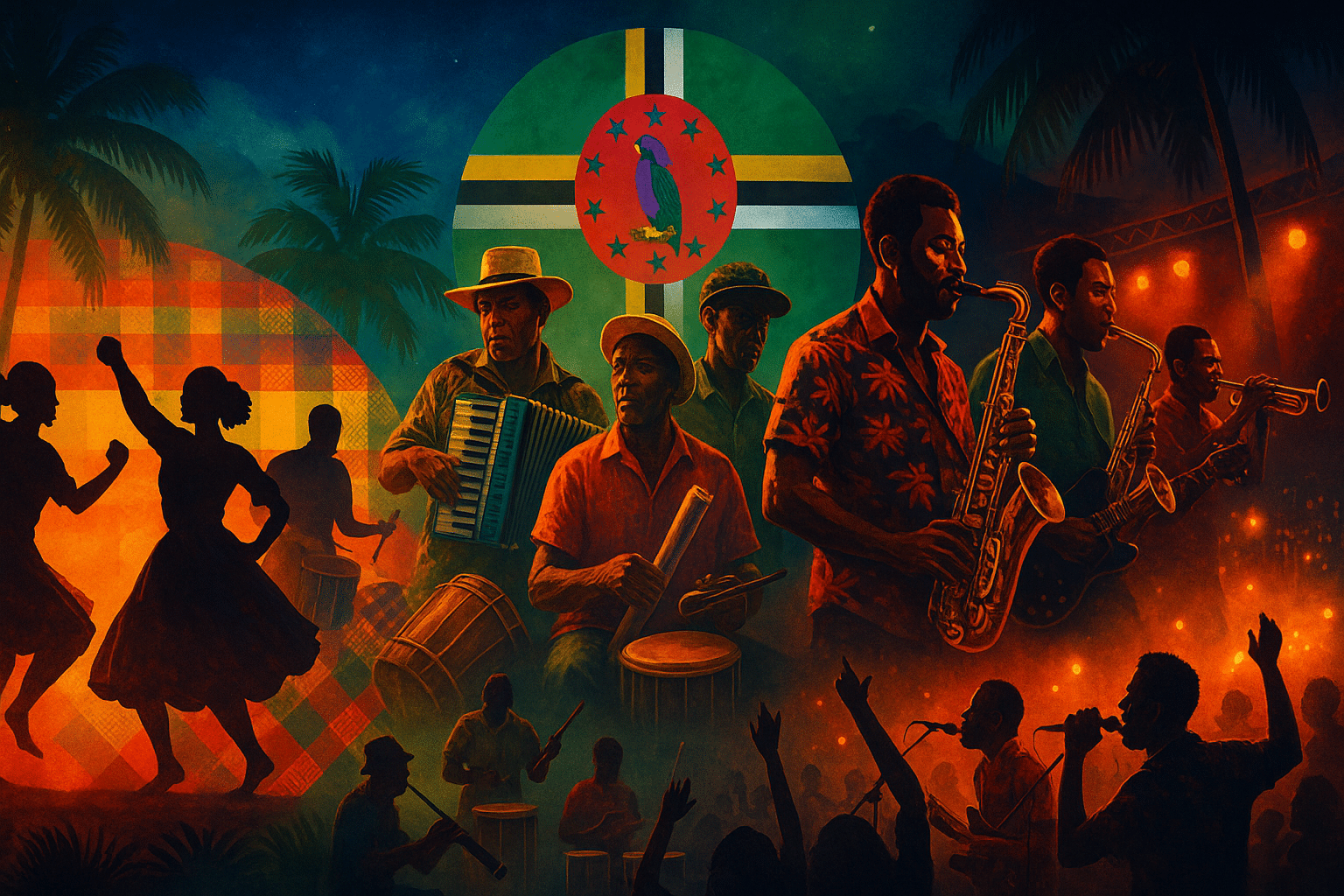
Introduction
Dominica’s music is more than entertainment; it is history, identity, and cultural pride. The island’s sound blends West African and European traditions, evolving from village folk forms into modern Caribbean genres. Once repressed, these traditions surged back in a mid-20th-century cultural revival and eventually gave rise to internationally recognized styles such as cadence-lypso and bouyon.
This guide traces the roots, the rise, and the artists who carried Dominica’s voice across the region and the world.
Early Music Traditions
-
Bèlè
A West African–derived song-dance with a lead singer (chantwèl) and chorus (lavwa), accompanied by tanbou bèlè (drum), tingting (triangle), and chakchak (maracas). Courtship dances feature the danm (female) and kavalyé (male). -
Jing Ping
Plantation-era ensemble music for social dances (quadrille and flirtation). Instruments include accordion (introduced in the 1940s; bamboo flutes were used earlier), boumboum (boom pipe), gwaj/syak (scraper-rattle), and tambal/tanbou (tambourine). -
Chanté mas
A pre-calypso Carnival masquerade song tradition in call-and-response, powered by lapo kabwit drums. Lyrics often tease, satirize, or trade gossip. The tradition survives in communities across the island. -
Work songs
Responsorial songs for fishing, farming, and road-building, often with tambou twavay; these reinforced rhythm, pace, and community. -
Kont (storytelling)
Oral storytelling with a recurring theme song that preserves legends, history, and moral lessons.
The Rise of Popular Music (1940s–1970s)
Radio brought calypso, Latin styles, and dance-band sounds to Dominica, inspiring local groups and new fusions.
-
Dance-band era: Casimir Brothers and Swinging Stars blended bolero, merengue, samba, funk, and calypso.
-
Calypso: By 1959 Dominica crowned its first Calypso King; steelbands flourished, and Carnival stages embraced calypso alongside traditional forms.
Cadence-Lypso (1970s)
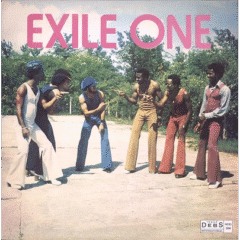
-
Exile One (led by Gordon Henderson) pioneered a blend of Haitian cadence rampa and calypso, expanding the mini-jazz format with horn sections, keyboards, and electric guitars. Lyrics frequently used Kwéyòl and engaged Black Power and nationalist currents.
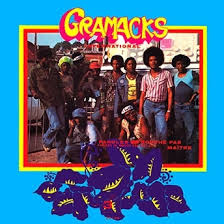
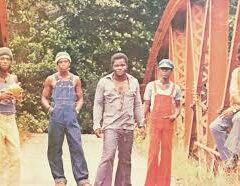
-
Grammacks and Midnight Groovers powered the movement with anthems, social commentary, and irresistible dance grooves.
- Fronted by Jeff Joseph, Grammacks delivered dance-floor anthems and sharp social commentary, pushing cadence-lypso onto international stages and radio across the Francophone world.
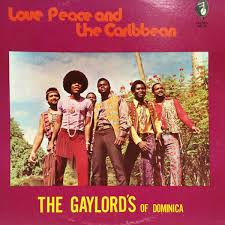
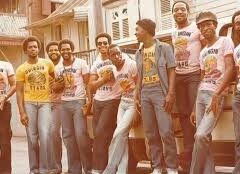
-
The Gaylords and Swinging Stars bridged earlier dance-band styles with emerging Creole popular music.
Icons of Cadence & Creole Song
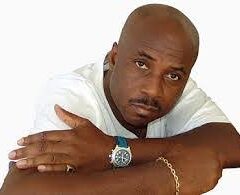
-
Gordon Henderson (Exile One): widely hailed as the Father of Cadence-Lypso who gave Dominica a modern international sound.
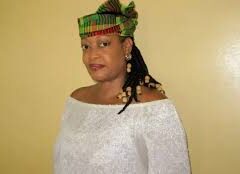
-
Ophelia Marie: the Lady of Song, the first Dominican woman with international Creole success; later a key voice in zouk-love.
-
Midnight Groovers: the Kings of Cadence, rootsy and soulful (for example, “L’Autre Bord La Rivière”).
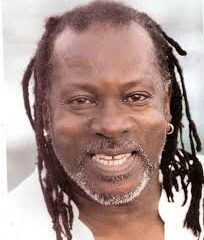
- Jeff Joseph (Grammacks): Magnetic lead singer and songwriter who helped take cadence-lypso from Dominica to the wider Caribbean and Europe. With powerful Creole lyrics, high-energy performances, and later Gramacks International in Paris, Jeff Joseph became one of the genre’s defining voices and ambassadors. (Grammacks): Magnetic lead singer and songwriter who helped take cadence-lypso from Dominica to the wider Caribbean and Europe. With powerful Creole lyrics, high-energy performances, and later Gramacks International in Paris, Jeff Joseph became one of the genre’s defining voices and ambassadors.
From Cadence to Bouyon (late 1980s to present)
As zouk and soca rose in the 1980s, Dominican musicians innovated again.
-
WCK (Windward Caribbean Kulture) fused jing ping rhythms and cadence-lypso with drum machines, synthesizers, and heavy bass, creating bouyon.
Signature energy appears in tracks such as “Conch Shell” and “Balance Batty.” -
Serenade Band (First Serenade) and Effects Band helped refine and reimagine the bouyon sound.
-
The torch passed to Triple Kay International (T-K) and Signal Band, alongside standout producers (for example, Cornell “CP” Phillip) and performers who kept the genre evolving (including Carlyn XP, Shelly and Signal Band).
Today, bouyon spans offshoots and crossovers (bouyon-soca, bouyon-muffin, reketeng, and bouyon gwada) and continues to influence regional party music.
Modern Voices & Wider Influence
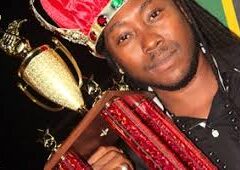
-
Dice (Dennison Joseph): nine-time Calypso Monarch; a sharp lyricist and commanding performer.
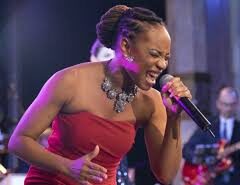
-
Michele Henderson is one of Dominica’s most versatile performers: vocalist, flautist, and songwriter who moves effortlessly between jazz, soul, cadence-lypso, and zouk-love. A frequent World Creole Music Festival headliner, she’s known for sophisticated arrangements, fluent English/French-Creole lyrics, and powerful live shows. In 2013 she won the CARICOM Song Competition with “Celebration Time,” underscoring her regional impact. On stage and in the studio, Henderson bridges traditional Creole roots with contemporary polish. an ambassador for Dominica’s modern sound.
Good entry point:
-
Celebration Time (CARICOM song)
-
Live Creole Festival performances (vocals + flute features)
-

-
Asa Bantan: the self-styled Bouyon Boss, carrying Dominica’s sound to Europe and North America through high-octane performances.
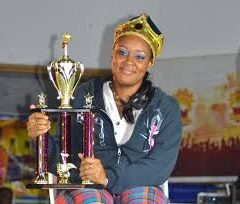
-
Tasha P (Tasha Peltier): Dominica’s first and only female Calypso Monarch, widely known as the Soca Queen of Dominica. She began singing at age five, rose through the Dominica Calypso Association, and has represented the island in regional competitions. Her 2024 debut “One Chance” and her place in the 2025 Calypso Finals reinforced her reputation as a cultural trailblazer and a strong advocate for calypso.
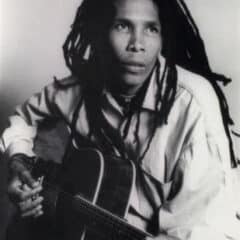
-
Nasio Fontaine: an internationally recognized reggae artist from Dominica.
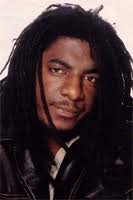
-
Prince Ital Joe: a Dominican-born artist who bridged hip-hop and dance collaborations abroad.
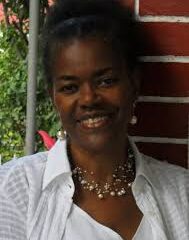
-
Pearle Christian: educator and choir director who strengthened music education and choral traditions.
Collaborations with regional stars (for example, Machel Montano) and the export of Dominican talent have amplified bouyon and Creole music across the Caribbean.
Festivals, Schools, and Continuity
-
World Creole Music Festival (since 1997) showcases Creole and Caribbean artists, anchoring Dominica on the regional circuit.
-
Independence Season and village feasts keep bèlè, jing ping, and kont vibrant.
-
Music education and community groups (inspired by cultural champions such as Maude “Cissie” Caudeiron, L. M. Christian, and Pearle Christian) ensure that the roots feed the present.
Starter Listening (suggested highlights)
-
Midnight Groovers: “L’Autre Bord La Rivière”
-
Grammacks: “Maman,” “Mi Déyè Ou”
-
WCK: “Conch Shell,” “Balance Batty”
-
Ophelia: “Ay Dominique,” later zouk-love work
-
Triple Kay International: live party sets
-
Signal Band: contemporary bouyon singles
-
Dice: Calypso Monarch performances (various years)
-
Asa Bantan: “Wet Fete,” festival anthems
Conclusion
From the circle of bèlè drums to the throb of bouyon bass, Dominica’s music tells a story of resilience, creativity, and pride. Pioneers such as Gordon Henderson, Ophelia Marie, and Midnight Groovers, and innovators such as WCK, T-K, Signal Band, Dice, and Asa Bantan have carried the Nature Island’s voice far beyond its shores.
Plan your visit for Independence or the World Creole Music Festival to feel it live, where tradition and innovation meet on stage.
Who did we miss? Share the artists who influenced you or still keep the vibes going. We’ll update this post and build a community playlist.

